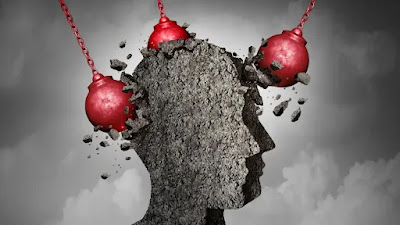The Tale of the Peace Officer
Did you know that police officers were once called peace officers? The peace officer’s job was just what you would imagine: to keep communities peaceful. Over time, the culture of policing has shifted from keeping communities peaceful to empowering officers by the state to enforce the law, ensure the safety of citizens, and prevent crimes. From the viewpoint of communities, instead of looking at a police officer as someone they can trust, the police have now turned into someone from the government who carries a weapon and often instills fear in us.
Looking at the culture of the profession, the police force has been molded by unreasonable performance metrics. An officer’s effectiveness is measured by the number of people he or she arrests, or the number of tickets they give out. These unreasonable metrics have shifted the behavior of police officers from someone who protects, serves, and keeps the community safe to someone more like a combat soldier enlisted to shoot, arrest, and control the members of their community through force. The image of a police officer has gone from someone seen as a peace officer to a soldier ready to violently address any act of suspicion in their communities. The system now has an ‘us-versus-them’ mindset.
This shift in focus has left many police officers confused because the police officer is meant to keep their community at peace, while the soldier needs to be in a hyperalert state ready to defend themselves and their platoon when in combat.
As a result, police officers are suffering from burnout due to constant exposure to trauma and the burden of meeting performance metrics. According to Dr. Resmaa Mekanem, a psychotherapist, this shift in expectations and culture in policing has wreaked havoc on police officers. Unfortunately, many police officers lack the training necessary to help release the excess energy from trauma-inducing incidents, trapping this energy in their bodies. As a result, we are seeing more and more officers numb the work-induced internal chaos with substances, much like combat soldiers. Some of them release the excess energy by engaging in risky situations while others act out their trauma on vulnerable members of the community.
Now, what happens when racism is added to this shift in the system of policing?
With implicit bias from early race-based associations and their unprocessed work-induced trauma, police officers may act out their trauma while patrolling in communities of color. When under threat, the rational part of the brain gets hijacked by the “hyperactive amygdala,” and the brain becomes overwhelmed with race-based associations from childhood that throw them into a fight or flight response. As a result, a police officer who has experienced race-based trauma is much more likely to engage in fear-based behavior, which can include unwarranted physical violence or even shooting a black or brown person.
Reforming the policing system in the United States cannot be accomplished by the police. To reform and shift the police culture, we must ensure that police officers are trauma-informed and trauma-trained for their own sake and the sake of the communities they serve across the country. A truly trauma-informed system is an anti-racist system.




Comments
Post a Comment